I’ve been working from home per the shelter in place order since… last week? Time really seems to be blurring as my house is really quiet besides when my cat decides to sing to me at 3 am for no reason.
I miss being at the museum and working with my coworkers, walking around Old Town on my breaks, and talking with visitors about the exhibits. I also miss the events we host, inviting people into the museum to learn, talk, and form friendships.
However, for the good of our community, we’ve all been asked to stay home and find other ways to occupy our time. Museum work is never done, so we’re all keeping busy behind the scenes. Brittany has been posting Baskets of the Day on our Instagram, Marketing and Outreach Coordinator Dana is working on Artifacts of the Day, Registrar Alex is studying up on professional standards for storage collection, and I'm researching for upcoming exhibits.
| When Money Grew on Trees: A.B. Hammond and the Age of the Timber Baron (Greg Gordon, University of Oklahoma Press, 404 pages, 482 if you include the bibliography and index) I admit I started reading this before all the closures, but the closure time gave me a good boost in finishing it. I first heard about it when talking with Jim at the Historical Society, who read me part of the first page – it told a story of Hammond’s funeral, where rumor says that while his casket was being carried into the funeral, he sat up outraged at the pallbearers being paid- that two of them should be fired and the others have their wages cut. Talk about a hook! The book can look daunting and sometimes reading parts of it was, but it really revved back up as the author began discussing Hammond and his being at odds with organized labor, how Humboldt County’s organized labor situation was a bit different from most other places, and the start contrasts between Hammond and other lumber owners (like William Carson, the Falk family, etc). Chapter 15 on how the industry changed was notable, as most books talking about logging in the redwoods start out with the story of the redwood tree. Gordon introduces this and the evolution of the industry way late in the book (which was fine by me as I wasn’t really reading the book for the purpose of understanding that aspect) but it worked really, really well and moved perfectly into the discussion of labor in the following chapter. |
| Driven Out: The Forgotten War Against Chinese Americans (Jean Pfaelzer, University of California Press, 351 pages, 400 with notes and index) I’m about 40 some pages into this and it’s already a darn incredible book. The author has done a really great job in explaining how ideas around slave and immigrant labor transferred from African Americans to the Chinese, how popular and government responses to Mexican and South American immigrants as well as local Native people set up the structure for legal and legally encouraged discrimination and violence, and gives examples with details of different events where Chinese communities were driven away from their livelihoods and residences in California and the West. I’m really looking forward to reading the rest of the book. It does get graphic at times, but that was the nature of California in the Gold Rush era. |
|

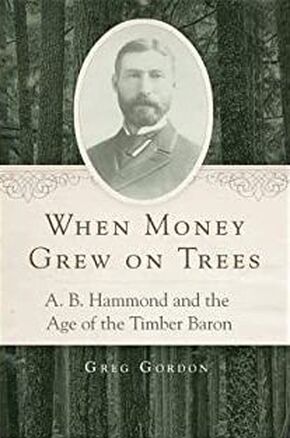
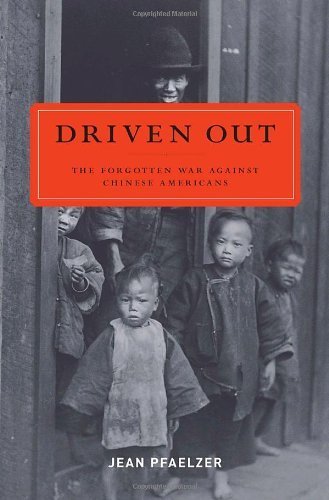
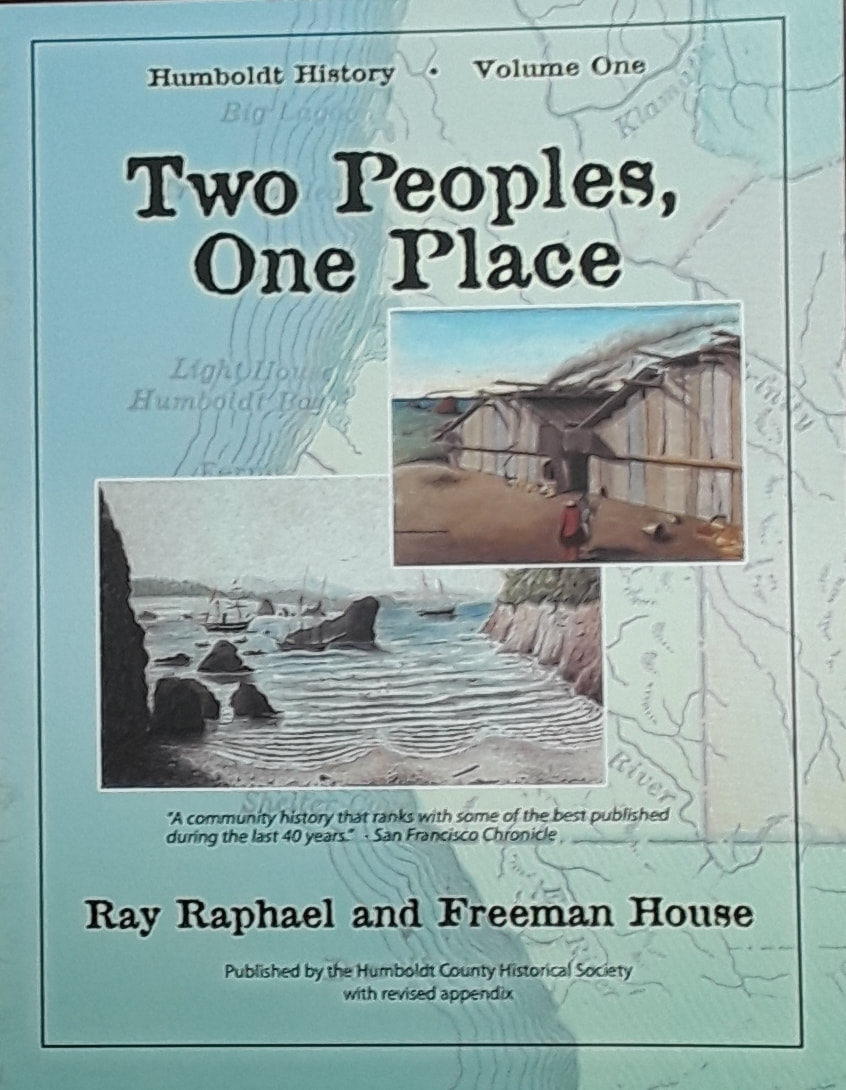
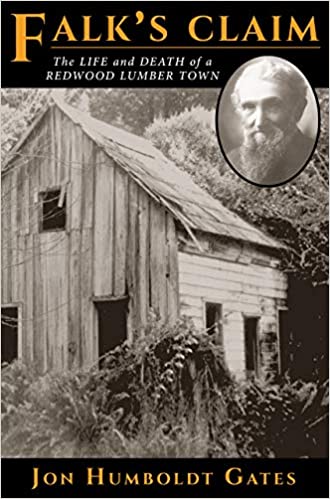
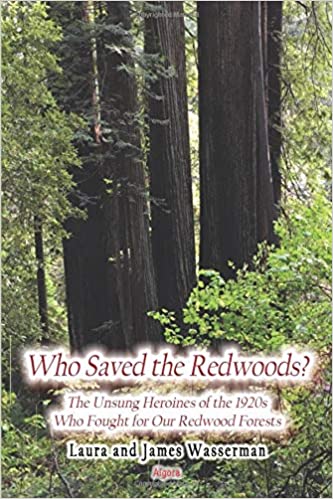
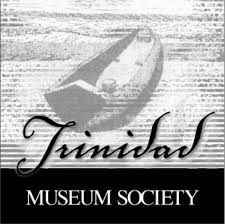
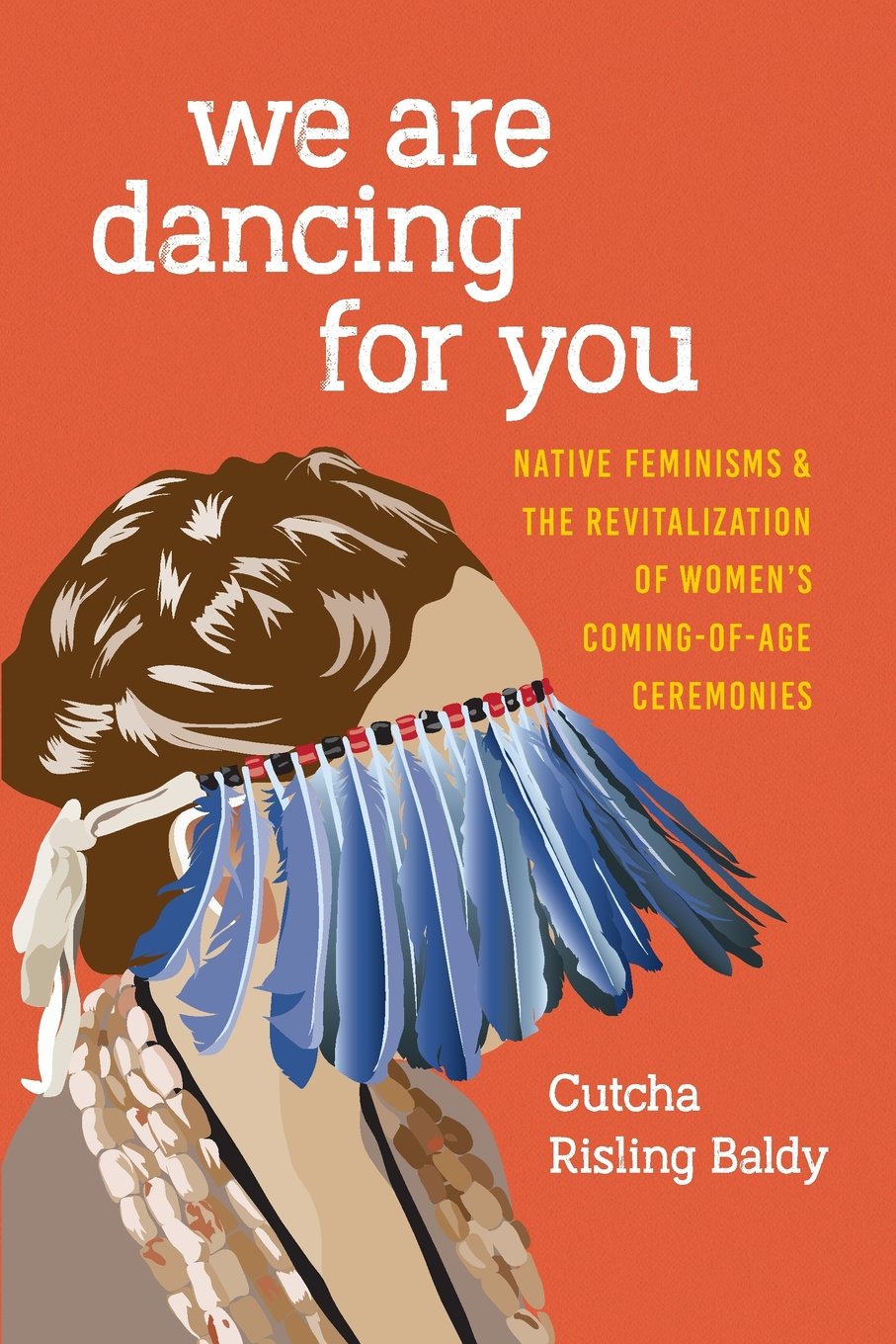
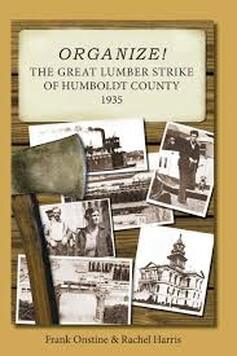
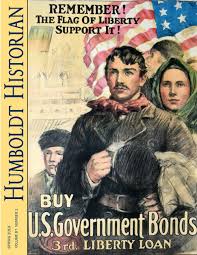
 RSS Feed
RSS Feed